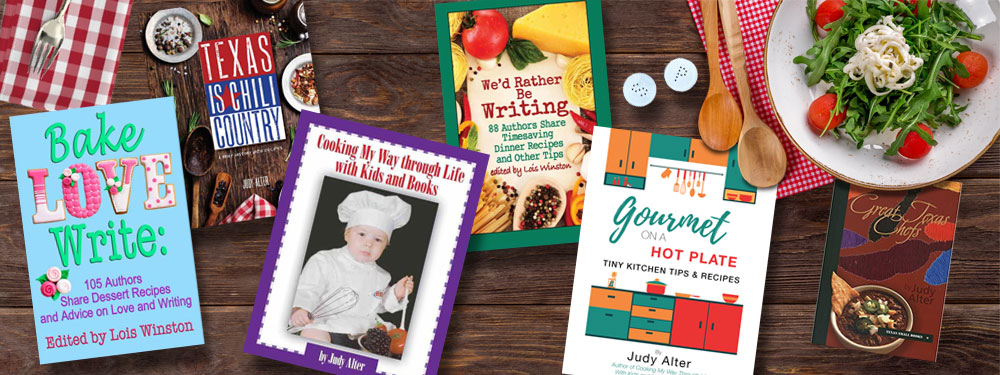 |
| New Year's Eve dinner |
We had a great New Year’s Eve dinner tonight, but there’s a story behind it. We had roast beef. For weeks now, I’ve been campaigning for an oven roast. Christian makes roast frequently, but they are what I grew up knowing as pot roast. I was longing for one of my mom’s oven roasts. All I could remember about Mom’s roasts though was that she cut slits in the meat and stuck in garlic cloves. I had no idea what cut of meat she used. A lot of internet research didn’t leave me much smarter—there are, I decided, twenty names for any one cut of beef roast.
A week
or so ago Jordan and I settled on a roast that looked doable. It called for an
English roast. Nowhere else on the internet could I find any reference to an
English roast. We chose a rump roast, which I know is not the most tender, but
the selection at Central Market was either outrageously expensive tenderloin or
a lesser cut.
The
recipe specified to let the meat set at room temperature for at least half an
hour, rub seasoning into all sides, sear on all sides in a hot skillet, and put
under the broiler (5 inches under) with the oven door cracked for fifteen
minutes for rare. Then let it sit and collect itself while you make the sauce
of butter, red wine, and skillet drippings. Jordan protested it looked too
complicated, and Christian would not be home with time or inclination to do it.
I assured her I would do the prep, but she would have to take it inside to
roast—the toaster oven was not going to do it.
As New Year’s Eve came closer there was more protestation. She finally decided though that all prep should be done in her kitchen, but I would have to be on hand for advice. As it turns out, both Christian and I were there, and she decided once she got into it, it wasn’t as complicated as she thought. A few tense moments when it appeared to be cooking too rapidly—you “roasted” it under the broiler, but five inches from the heating element and with the door left ajar. Meantime she was juggling boiled small Yukon Gold potatoes and asparagus. But all went smoothly. The roast rested, as it must to keep the juices, and she used red wine and butter to scrape up the browned bits out of the skillet and make a sauce.
The
result was a roast that was, yes, a bit chewy but with absolutely marvelous flavor.
The potatoes and asparagus were perfect, and it was a fit recipe for kicking
out 2020 and looking forward to 2021.
Oven
Roast
2 Tbsp. vegetable oil
2-3 lb. boneless
English roast
1 Tbsp. Kosher salt
1 tsp, ground black
pepper
1tsp. garlic powder
1 tsp, onion powder
1 tsp dried thyme
leaves
2 Tbsp. butter divided
¼ cup red wine
About an hour before
you plan to cook it, set the meat out of the refrigerator and allow it to come
to room temperature.
When you’re ready to
cook, preheat the broiler. Move the oven rack to a place where the meat will be
at least five inches or maybe more from the heating element.
Press the seasonings
into all sides of the roast. In a cast-iron skillet, heat the vegetable oil to
high heat and sear the meat on all sides, about four minutes per side. Place the meat, still in the skillet, in the
oven and leave the door ajar. Roast for 15 minutes for rare, 25 minutes for
medium rare. Use a meat thermometer, which should come to 135o for
rare and 155o for medium rare.
Remove the roast from
the oven, set on a cutting board or similar safe place to rest, top with at
least one Tbsp. of butter, and tent with foil. Meanwhile, add remaining butter
to skillet along with red wine, and, over medium heat, scrape any browned bits
off the bottom of the pan.
Slice the meat thinly
across the grain and pass the pan drippings with the meat. A treat for the
tongue, though you may find a more suitable cut of meat than we did. Still it
was a wonderful meal.
Sure, I know it’s still
2020 until midnight, but I seriously thought of this as a great way to toast
out 2020, for all its pains and its few joys. To one and all, Happy New Year
and may 2021 bring you peace, health, safety, joy, and lots of good food.
















